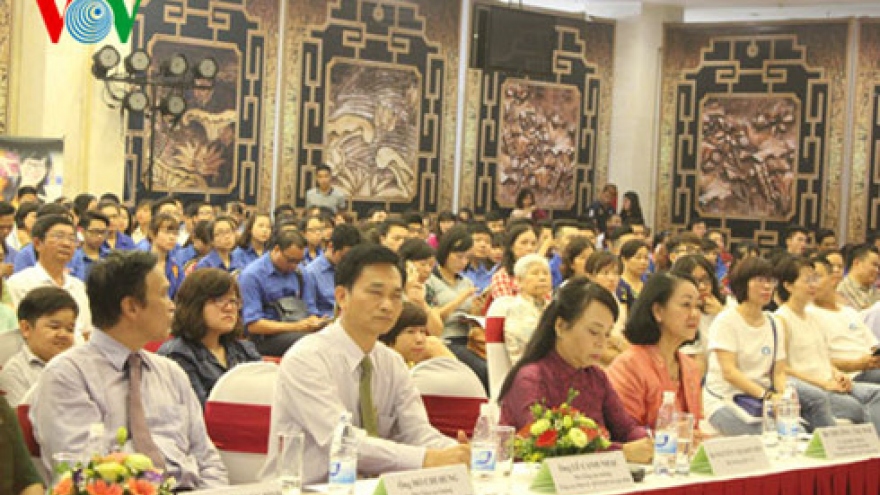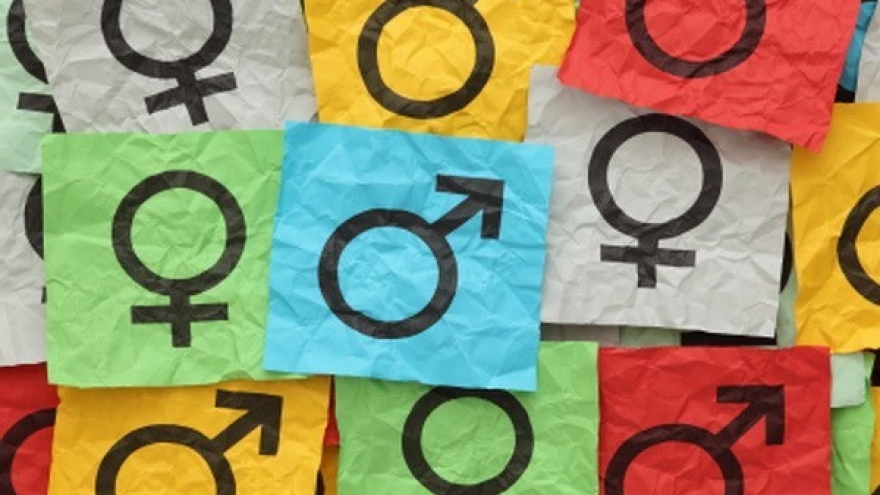Ending child marriage: Towards a world where girls are free to dream
VOV.VN -Child marriage is a human rights violation. Despite laws against it, the practice remains widespread, in part because of persistent poverty and gender inequality.
Addressing child marriage is one of the solutions to contribute to poverty reduction, promoting gender equality and human rights as well as contribute to the sustainability of social and economic development for population and community, according to the National Workshop on Child Marriage on 25, October in Hanoi.
The event was jointly held by the United Nation in Vietnam in partnership with the Ministry of Labor Invalids and Social Affairs, the General Office of Population and Family Planning of the Ministry of Health, and the Committee on Ethnic Minority Affairs.
Worldwide, more than 700 million women alive today were married as children. More than 1 in 3 – or some 250 million – were married before 15. Child marriage threatens girls’ lives and health, and it limits their opportunities and future prospects, including their job prospects, and has long-term effects on their families.
 |
Girls who marry before they turn 18 are less likely to remain in school and more likely to experience domestic violence. They are more likely to die due to complications in pregnancy and childbirth than women in their 20s. Their infants are more likely to be stillborn or die in the first month of life. These complications are a leading cause of death among older adolescents in developing countries.
The Government of Vietnam has many efforts to address child marriage. The Law on Marriage and Family (2014) and the Child Law (2016) prohibit child marriage and activities relating to organizing or supporting child marriage. In 2015, the Prime Minister approved the National Programme to address child marriage, 2015-2025.
Although the Law on Marriage and Family sets the minimum age of marriage for men at 20 and women at 18, the practice persists. Often, at the state and community level, traditional and customary laws still allow girls younger than 18 to marry with the consent of parents and other authorities. Results from the Multiple Indicator Cluster Survey shows that the proportion of young women aged 15-19 who are married or in union was 10.3 in 2014.
Prevalence rates are higher in the Northern Mountainous area, the Mekong River Delta and Central Highlands. According to the administrative data system of Vietnam, in some communes, the child marriage rate is over 50%. Among ethnic minority communities, H’Mong people have the highest child marriage rate of 33%, followed by Thai people of 23%.
Child marriage also affects boys but at a lower rate than for girls. In addition, child marriage is strongly associated with lower levels of socio-economic development: provinces with a higher HDI ranking have lower levels of child marriage. Marrying girls under 18 years old is rooted in and exacerbates gender discrimination, encouraging premature and continuous child bearing and giving preference to boys’ education. Child marriage is also a strategy for economic survival as families marry off their daughters at an early age to reduce their economic burden.
According to UNFPA, this year, more than 60 million 10-year-old girls worldwide will have started their journey through adolescence. Sadly, millions of them will be forced into adult responsibilities without full, free and informed consent. Every day, close to 48,000 girls, many of them as young as age 10, are forced into marriages. Every day, over 20,000 girls under age 18 give birth.
Madame Truong Thi Mai, Politburo member and Head of the Mass Mobilisation Commission of the Party Central Committee said: "In order to effectively address child marriage in Vietnam, the Government needs to consult with the research institutes, the United Nations in Vietnam, international organizations and civil society organizations.
We need to focus on changing social norms to promote gender equality, investing and supporting young girls to continue their education, giving them opportunities to study higher, providing vocational training and stable careers. At the same time, we need strengthen behavior change awareness activities, invest in community's socio-economic development, improve community people's material and spiritual lives".



